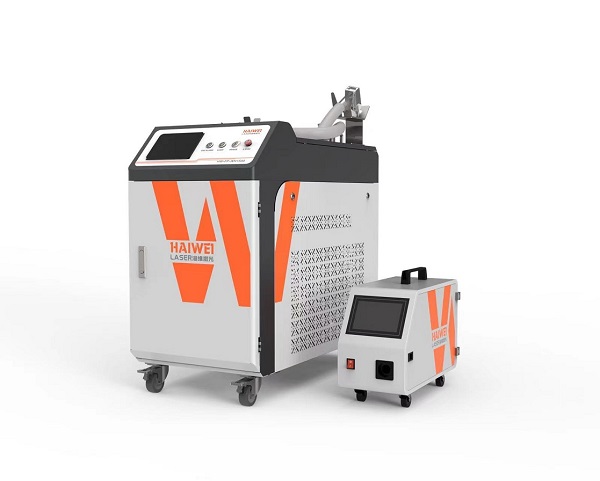Handheld Laser Welding Machine: Advantages of a Portable Solution
A handheld laser welding machine offers flexibility that fixed or robotic systems can’t match—especially for repair work, small-batch production, or on-site fabrication. Unlike traditional TIG or MIG setups, it delivers cleaner, faster welds with minimal training, making it attractive to job shops and maintenance teams.

Where Portability Matters Most
This type of system shines in scenarios like:
Field repairs on stainless steel piping or aluminum enclosures where disassembly isn’t practical;
Custom fabrication shops handling varied part sizes and geometries;
Automotive or HVAC workshops needing quick, spatter-free seams without heavy shielding gas setups.
Most units integrate a fiber laser (typically 1000–3000W), a lightweight welding torch with integrated wire feeder (optional), and a compact chiller—all mounted on wheels or carried as a single unit.
Key Practical Benefits
Ease of use: Operators guide the torch like a soldering iron; no need for complex programming.
Low heat input: Reduces distortion on thin sheets (<2 mm), often eliminating post-weld grinding.
Reduced consumables: No tungsten electrodes or flux; just filler wire if needed.
Faster start-up: Ready to weld in minutes, unlike robotic cells requiring fixturing and path teaching.
Important Considerations
While convenient, a handheld laser welding machine still requires proper safety measures—Class 4 laser protocols, fume extraction, and operator training. Weld quality also depends heavily on user technique; consistent travel speed and standoff distance matter.
Additionally, check if the system supports pulse mode for better control on reflective metals like copper or brass.
For low-to-medium volume applications where flexibility outweighs full automation, a handheld laser welding machine can improve throughput and finish quality without major facility changes. Always test with your typical materials before purchasing.
Recent Posts
- What are the advantages of laser welding machines in lithium battery pack production lines?
- What issues should be noted when choosing a lithium battery pack production line?
- Quality Inspection and Control of Lithium Battery Module Pack Production Line
- Cell grouping and sorting process in lithium battery module pack production line
- What are the safety hazards of lithium battery pack production lines and how can they be prevented?
INQUIRY

